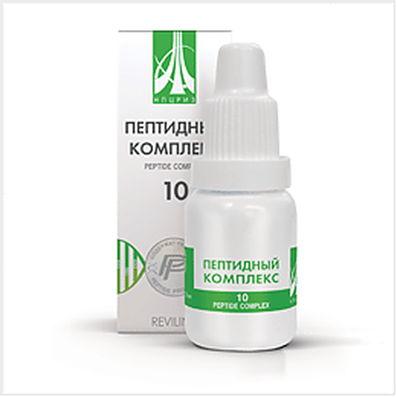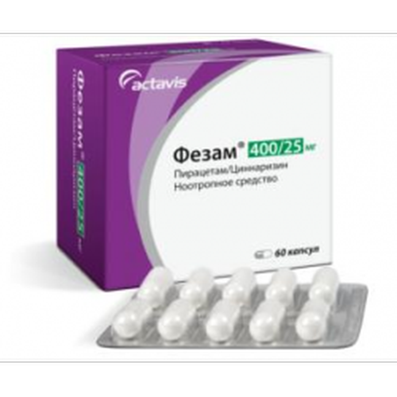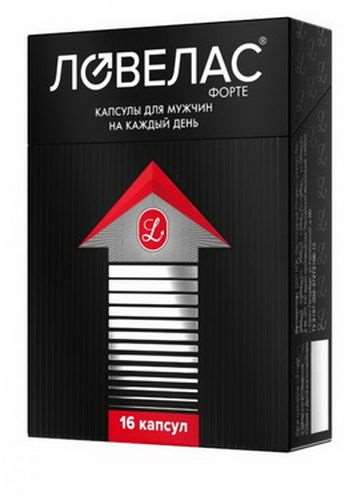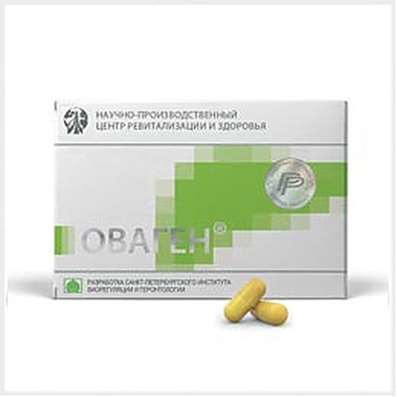Instruction for use: Complamin
I want this, give me price
Dosage form: pill retard, injection
Active substance: Xantinoli nicotinas
ATX
C04AD02 Xantinoli nicotinas
Pharmacological group
Antiaggregants
Nicotinates
Angioprotectors and microcirculatory correctors
Vasodilators
Correctors of cerebral circulation disorders
The nosological classification (ICD-10)
E78.5 Unspecified Hyperlipidemia: associated hypercholesterolemia; Secondary hyperlipoproteinemia; Hyperlipidemia; Hyperlipidemia Type II; Hyperlipidemia IIa; hyperlipoproteinemia; Hyperlipoproteinemia type IIa; Type IIb hyperlipoproteinemia; The combined hypercholesterolemia and hypertriglyceridemia; Correction of lipid metabolism disorders; The increased value of LDL
I25.1 Atherosclerotic heart disease: Atherosclerosis and the likelihood of reinfarction; Atherosclerosis of the coronary vessels; Atherosclerotic heart disease; Atherosclerotic cardio; The coronary atherosclerosis; cardiosclerosis; cardiosclerosis atherosclerotic; Coronary atherosclerosis; Coronary atherosclerosis in patients with coronary artery disease; koronaroskleroza; Myocardial ischemia, arteriosclerosis
I63 Cerebral infarction: ischemic Stroke; Ischemic brain disease; Ischemic stroke; Ischemic stroke and its consequences; Ischemic cerebral stroke; Ischemic cerebrovascular accident; Ischemic brain damage; Ischemic brain damage; ischemic conditions; Cerebral ischemia; Acute hypoxia brain; Acute cerebral ischemia; Acute ischemic cerebrovascular accident; Acute cerebral infarction; Acute ischemic stroke; Acute period of ischemic stroke; Focal cerebral ischemia; Ischemic stroke; recurrent stroke; The syndrome of Morgagni-Adams-Stokes; Chronic cerebral ischemia; cerebrovascular stroke; embolic stroke; Ischemic brain damage
I70 Atherosclerosis: Atherosclerosis; Atherosclerosis of peripheral vessels; Atherosclerotic changes; Atherosclerotic vascular changes; Atherosclerotic disorders; spontaneous; Trombangioz obliterans; Frinlendera disease
I70.2 Atherosclerosis of arteries: arteriosclerosis obliterans; Arteriosclerosis peripheral arteries; Atherosclerosis of the arteries of the lower extremities; Atherosclerosis of peripheral arteries; Atherosclerosis limbs; Occlusive disease of the lower extremities; arteriosclerosis obliterans; Arteriosclerosis obliterans of lower limb arteries; Atherosclerosis obliterans of the upper limbs; Arteriosclerosis obliterans of lower extremities; Atherosclerosis of arteries; limb arteriopathy; Arteriosclerosis obliterans limbs; arteriosclerosis obliterans
I73.0 Raynaud's Syndrome: Raynaud's syndrome Leriche; Raynaud's disease; Raynaud's phenomenon; RaynaudLeriche syndrome; Raynaud's disease; Raynaud's syndrome with trophic disorders; Peripheral angiopathy
I74 Embolism and arterial thrombosis: Thrombosis of effort (stress); Arterial thrombosis; Arteriothrombosis; Subacute and chronic arterial thrombosis; Subacute thrombosis of peripheral arteries; Postoperative thrombosis; Vascular thrombosis; Vascular embolism; Thrombosis of aortocoronary shunt; Arterial thrombosis; Thrombosis of arteries; Coronary artery thrombosis; Coronary thrombosis; Thrombosis of blood vessels; Thrombosis with ischemic stroke; Thrombosis with general surgical operations; Thrombosis in Oncology Operations; Vascular thrombosis; Thrombus formation in the postoperative period; Thrombotic complications; Thromboembolic diseases; Thromboembolic syndrome; Thromboembolic complication in the postoperative period; Thromboembolism of arteries; Partial vascular thrombosis; Embolism; Embolism of arteries
I79.2 Peripheral angiopathy in diseases classified elsewhere: diabetic angiopathy; Angiopathy in diabetes; arteriosclerosis diabetic; Pain in lesions of peripheral nerves; Diabetic angiopathy; Diabetic microangiopathy; Diabetic vascular disease; Intermittent angioneurotic disbaziya; Macroangiopathy in diabetes; microangiopathy; Microangiopathy in diabetes mellitus; Tingling sensations in the hands and feet; Coldness in the extremities; Peripheral angiopathy; Peripheral arterial disease; Sclerosis Menkeberga; Chronic obliterating diseases of arteries
L87 Transepidermal perforations
L89 Decubital ulcer: Decubital gangrene; Bedsores; Bedsore; Secondary-infected bedsores; Gangrene decubital
P20 Intrauterine hypoxia: Fetal intrauterine fetal asphyxiaæ Intrauterine fetal asphyxiaæ Hypoxia of the fetus
P21 Asphyxiation during labor: Asphyxia of infant; Consequence of asphyxia of infant
T14.1 Open wound of unspecified body region: Secondary healing processes; Sluggishly granulating wounds; Sluggishly healing wounds; Sluggish wounds; Deep Wounds; Purulent wound; Granulating wounds; Prolonged non-healing wound; Long-lasting non-healing wound and ulcer; Long-lasting non-healing soft tissue wound; Healing of wounds; Wound healing; Capillary bleeding from superficial wounds; Bleeding wound; Radiation Wounds; Slowly epithelializing wounds; Minor cuts; Suppurated wounds; Violation of wound healing processes; Breach of skin integrity; Violations of the integrity of the skin; Violations of the integrity of the skin; Small cuts; Uninfected wounds; Uncomplicated wounds; Operating wound; Primary treatment of surface contaminated wounds; Primary wound treatment; Primary-delayed treatment of wounds; Poorly cicatrizing wound; Poor wound healing; Bad wound; Superficial injury; Superficial wound with mild exudation; Wound; The wound is large; Bite wound; Wound process; Wounds; Wound healing wounds; Stump Wounds; Wounds for gunshot; Wounds with deep cavities; Difficult healing wounds; Difficult wounds; Chronic Wounds
Composition and release form
1 pill retard contains Xantinoli nicotinas 500 mg; In a cardboard box 2 blisters for 10 pcs.
1 ampoule with 2 ml solution for injection - 150 mg; In a cardboard box, in a blister 50 pcs.
1 ampoule with 10 ml solution for infusions - 1500 mg; In a cardboard box, in a blister 10 pcs.
Pharmacology
Mode of action - Vasodilator, antiaggregational, antiatherosclerotic.
It blocks adenosine receptors, inhibits phosphodiesterase, increases the level of cAMP in the cell, causes a redistribution of intracellular calcium, reducing its content in the cytosol.
Clinical Pharmacology
Expands peripheral vessels, improves microcirculation, oxygenation and nutrition of tissues, reduces peripheral resistance of blood vessels. Activates fibrinolysis, reduces blood viscosity, reduces platelet aggregation, enhances cerebral circulation. With prolonged use shows antiatherosclerotic properties.
Indications for Complamin
Raynaud's disease, obliterating endarteritis and atherosclerosis of the vessels of the extremities, Buerger's disease, diabetic angiopathy, vascular thrombosis and embolism, cerebrovascular disorders, coronary atherosclerosis, hypercholesterolemia, hypertriglyceridemia, fetal and postnatal fetal asphyxia, trophic ulcers of the lower leg, hard-healing wounds, decubitus.
Contraindications for Complamin
Bleeding, acute myocardial infarction, severe heart failure, peptic ulcer in the stage of exacerbation.
Side effects
Decrease in blood pressure, a transient feeling of warmth, reddening of the skin, weakness, dizziness, nausea, anorexia, gastralgia, diarrhea, changes in glucose tolerance, elevation in the serum levels of transaminases, alkaline phosphatase, uric acid.
Dosage and Administration
Inside, pill retard - 0,5-1 g 2-3 times a day after meals. In / m, in a dose of 0.3-0.6 g 1-3 times a day. Intramusculary, by stream infusion, slowly, in prone position, in a dose of 0.3-0.8 g 1-3 times a day. I.V., by drop infusion - 0,15-0,9 g in 250-500 ml of physiological solution at a speed of 30-40 drops per minute.
Precautionary measures
Be wary appoint patients with labile blood pressure, during pregnancy (especially in the first trimester), in conjunction with antihypertensive drugs.
Storage conditions of Complamin
Keep out of the reach of children.
Shelf life
3 years
Do not use beyond the expiration date printed on the package.

 Cart
Cart





